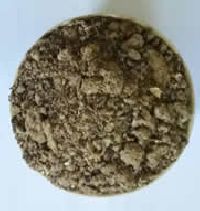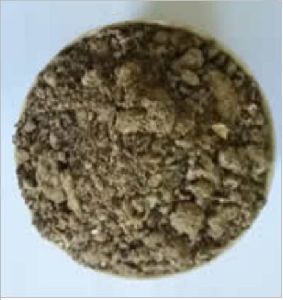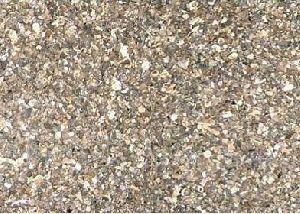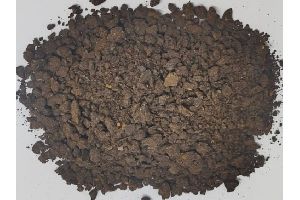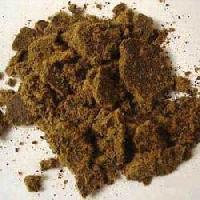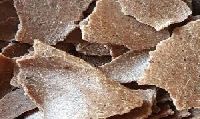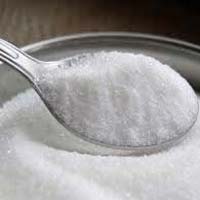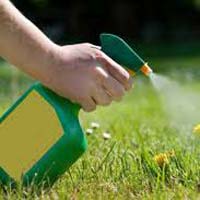Listing ID #3891178
Company Information
Ask for more detail from the seller
Contact SupplierCastor is an important industrial oilseed crop. Castor finds a place of prestige in the cropping systems of dry-land agriculture in semi-arid zones of India, because of its deep root system, drought hardiness, and quick growth. India occupies the second prestigious position in world’s castor market after Brazil. India also exports substantial part of its total castor produce to earn foreign exchange.Castor oil finds a number of uses for domestic, medicinal and industrial purposes. Castor oil contains a very high percentage (approximately 85 per cent) of hydroxy fatty acid known as recinoleic acid. Recinoleic acid can be treated by dehydration. This dehydrated castor oil is in demand for paints and varnishes because of its non-yellowing quality.Castor oil is used as a lubricant in all moving parts of machinery, and for internal combustion engines especially those used in airplanes.
It is also used as an illuminant, giving a bright and steady flame and burning much longer than any other vegetable oil. Hydrogenated castor oil is used in polishes, ointments, waxes, printing inks, cosmetic, hair dressings, soaps and disinfectants. Castor oil is also used as a purgative. In dyeing industries, it is used for the preparation of `Turkey red’.
Castor oil is used in many veterinary uses. It is used externally as an emollient. It is also used as a soothing medium when dropped into the eyes of animals after removal of foreign bodies. The castor oil cake is a valuable manure, but owing to the presence of the poison `ricin’ it is unfit for cattle feed. It contains about 5.5 per cent nitrogen, 1.8-1.9 per cent phosphorus and 1.1 per cent potash.
Area of CultivationThe castor plant grows throughout India up to an elevation of 2500 metres. Andhra Pradesh, Gujarat, Orissa and Karnataka are the important castor growing states.
SeasonCastor requires a moderately high temperature 20-27°C with low humidity throughout the growing season. It grows best in areas where there are clear warm sunny days. Prolonged cloudy weather with high temperature at the time of flowering results in poor seed set. High temperature above 41°C at flowering time even for a short period results in blasting of flowers and poor seed set. The plant is considered to be very resistant to drought but even then about 80-1000 mm evenly distributed rainfall in required for optimum growth. Heavy rainfall at flowering reduces the yield. Castor plant is very susceptible to frost.
SoilCastor can be raised practically on any type of soil, but as with a number of other plants, a well drained loam will produce the optimum yield. Very heavy clays and marshy conditions are unfavourable for proper growth. The cultivation of castor should, however, be confined to the upland areas as this crop is highly susceptible to water logged conditions. The crop can also not tolerate alkalinity of soil but can withstand slight to moderate acidity of soil.
RotationsCastor is grown either as a pure crop in rotation with wheat, linseed etc., or is grown mixed with cotton, groundnut, arhar, green gram, jowar, bajra and cowpea.
CultivationThe castor plant demands a deep rooting medium because of its well-developed root system. Deep ploughing is necessary to break up any compact layers in the soil so that the roots can penetrate deep in the soil to obtain moisture from depth during dry periods. Disk harrowing should follow ploughing, to break up clods, level the seedbed, and destroy weeds. The type of seedbed required for castor is generally similar to that prepared for cotton or maize. The seedbed should be moist to a depth of 15-20 cm.
SowingThe right time of planting castor varies between 20th June to 5th July. It is advisable to sow the seed as soon as the monsoon breaks in second fortnight of June. Sowing after 20th July gives poor yields in Kharif season. Sowing time varies slightly in different states as given below:
Under irrigated conditions for dwarf varieties, a row to row distance of 60 cm and rainfed conditions 90 cm has been found optimum for good plant growth. Plant to plant distance should be 45 cm. The seeds may be sown at 8 cm depth behind the plough or maize planter at the rate of 18-20 kg seed per hectare.
Fertilizer ManagementIf compost or farm yard manure is available, 10-15 tonnes may be added per hectare about 15-20 days before sowing. Neem cake is beneficial to this crop because it increases the oil percentage. The fertilizer requirement of the castor crop is 60 kg nitrogen, 40 kg P2O5, and 40 kg K2O per hectare. Under irrigated conditions half dose of nitrogen and full dose of phosphorous and potash should be applied at the time of planting and the remaining half dose of nitrogen should be top dressed at 60 days of crop growth. Under rainfed conditions, the dose is usually reduced to half and is applied as a basal dose.
Water ManagementCastor is usually grown under rainfed conditions. However, it has been observed that it responds very well to irrigation. Castor, being a deep-rooted crop, can extract water from considerable depth in the soil. Irrigation may thus be relatively heavy and less frequent. For good yields, wherever possible two to three heavy irrigation may be given. In case of soil moisture deficiency at flowering stage, essentially one irrigation may be provided. In heavy rainfall areas proper drainage is essential.
HarvestingThe castor crop matures between 145-280 days after planting depending upon the variety. Harvesting is done when capsules turn yellowish. However, all the spikes do not mature at the same time. The central spike on main rachis matures first and thereafter the spikes on the side branches start maturing. Therefore, usually two to three pickings may be needed for harvesting the entire crop. The spikes should be dried in the sun for four to five days and then threshed. It is essential to dry the seeds completely before storage.


